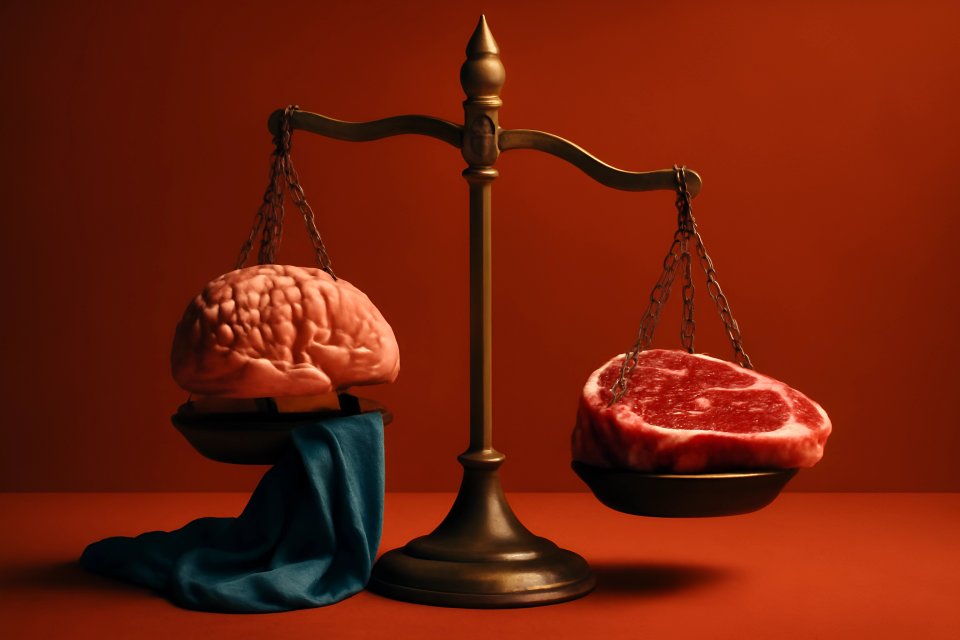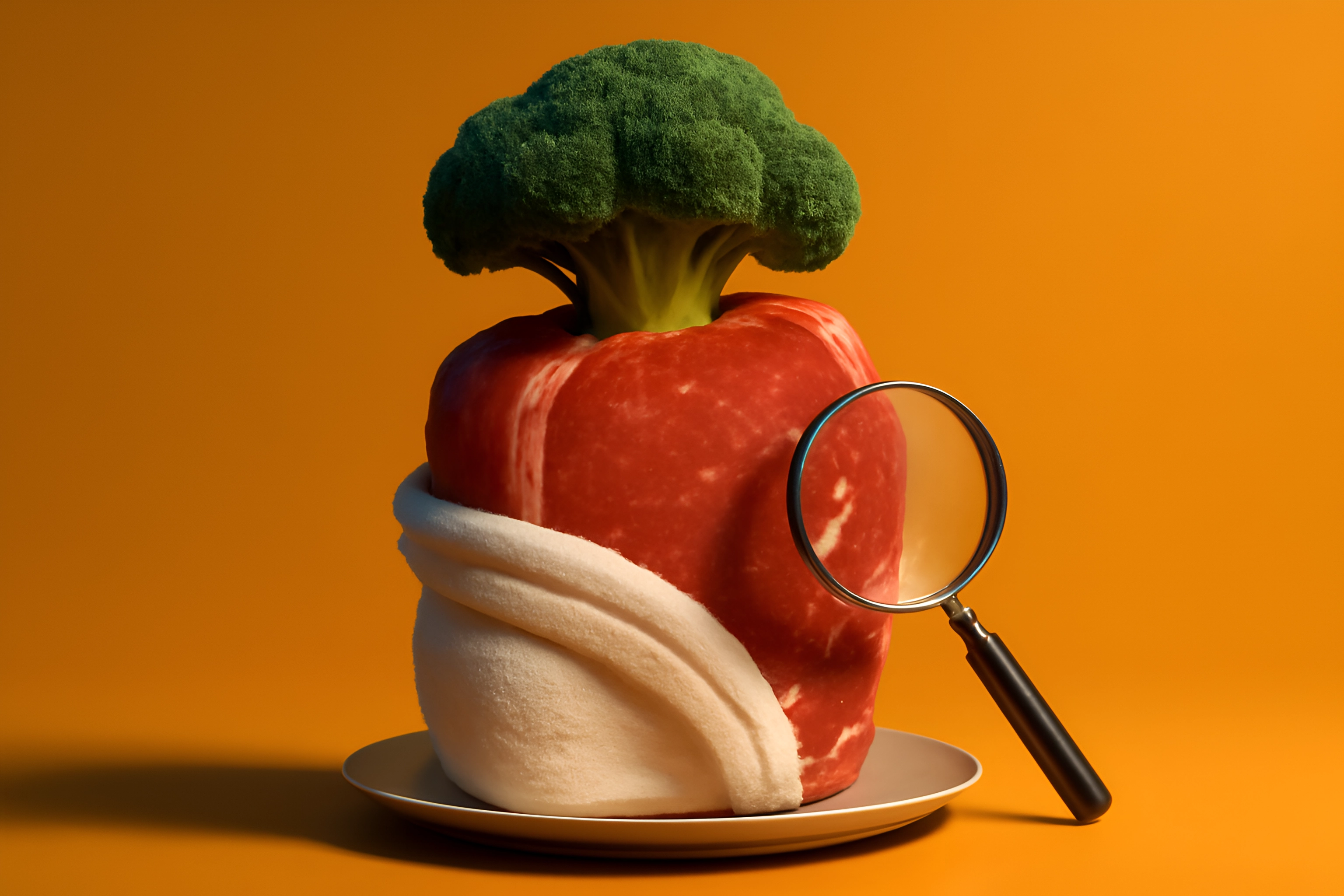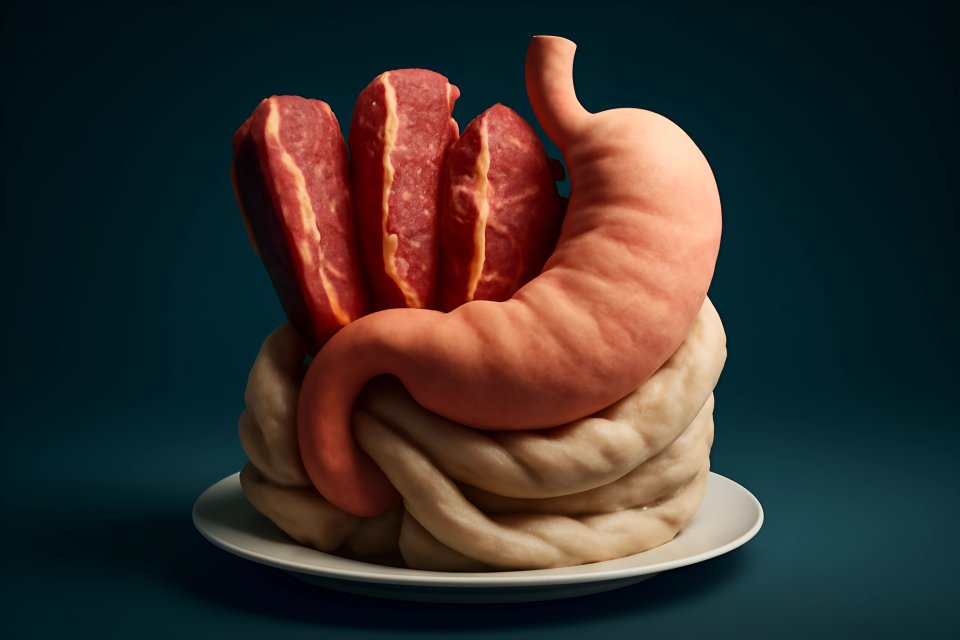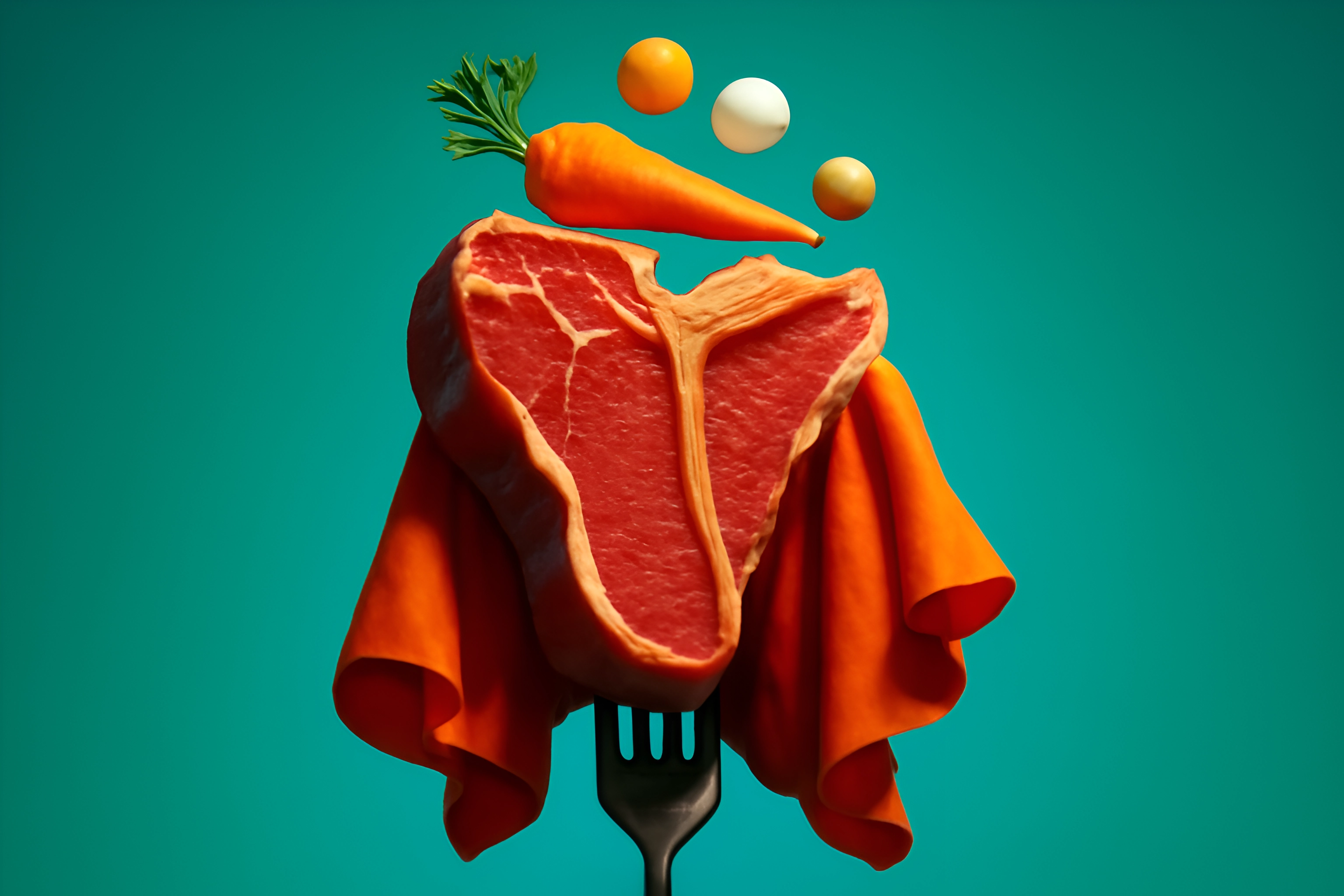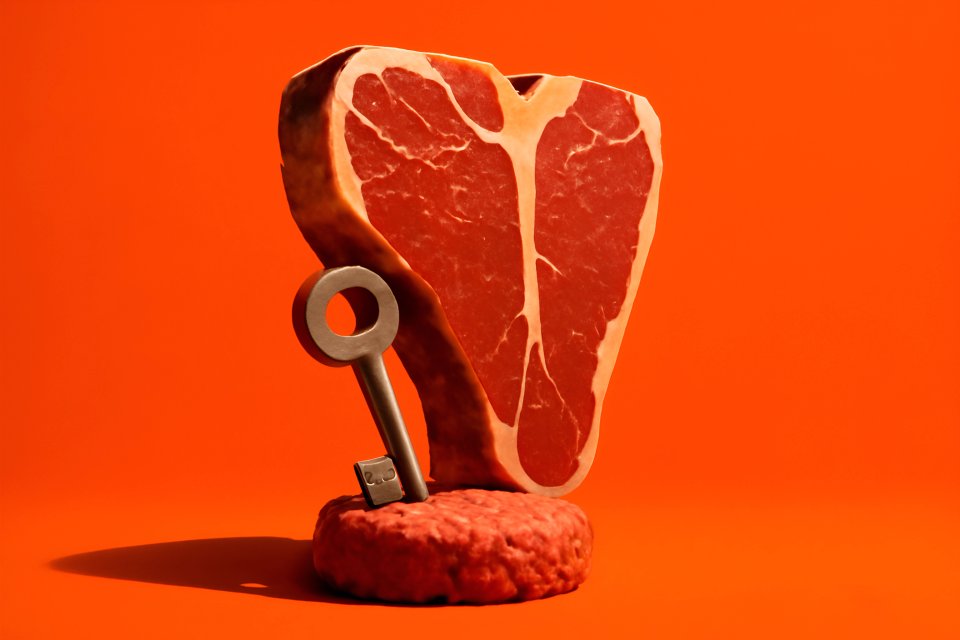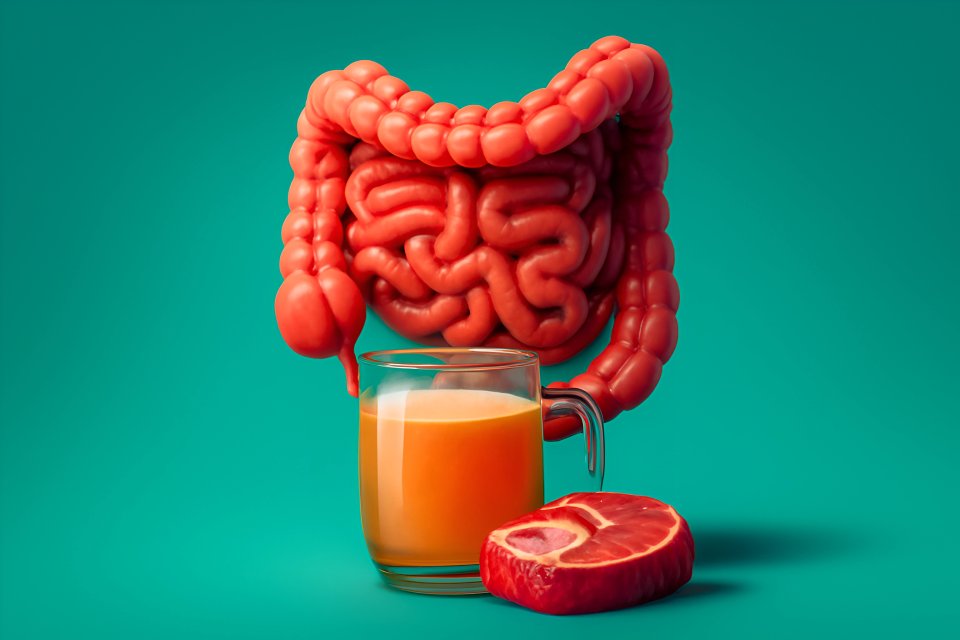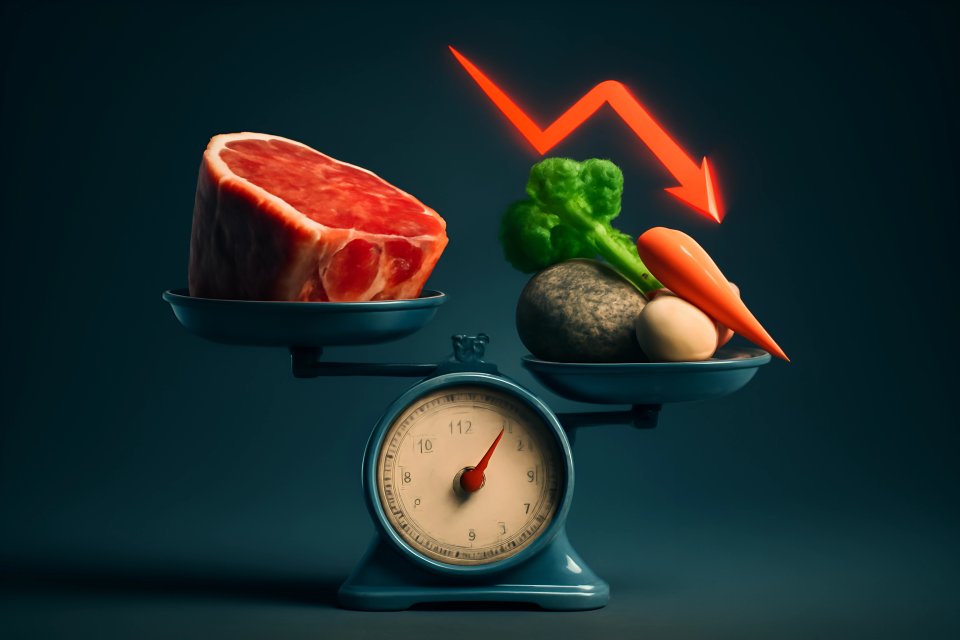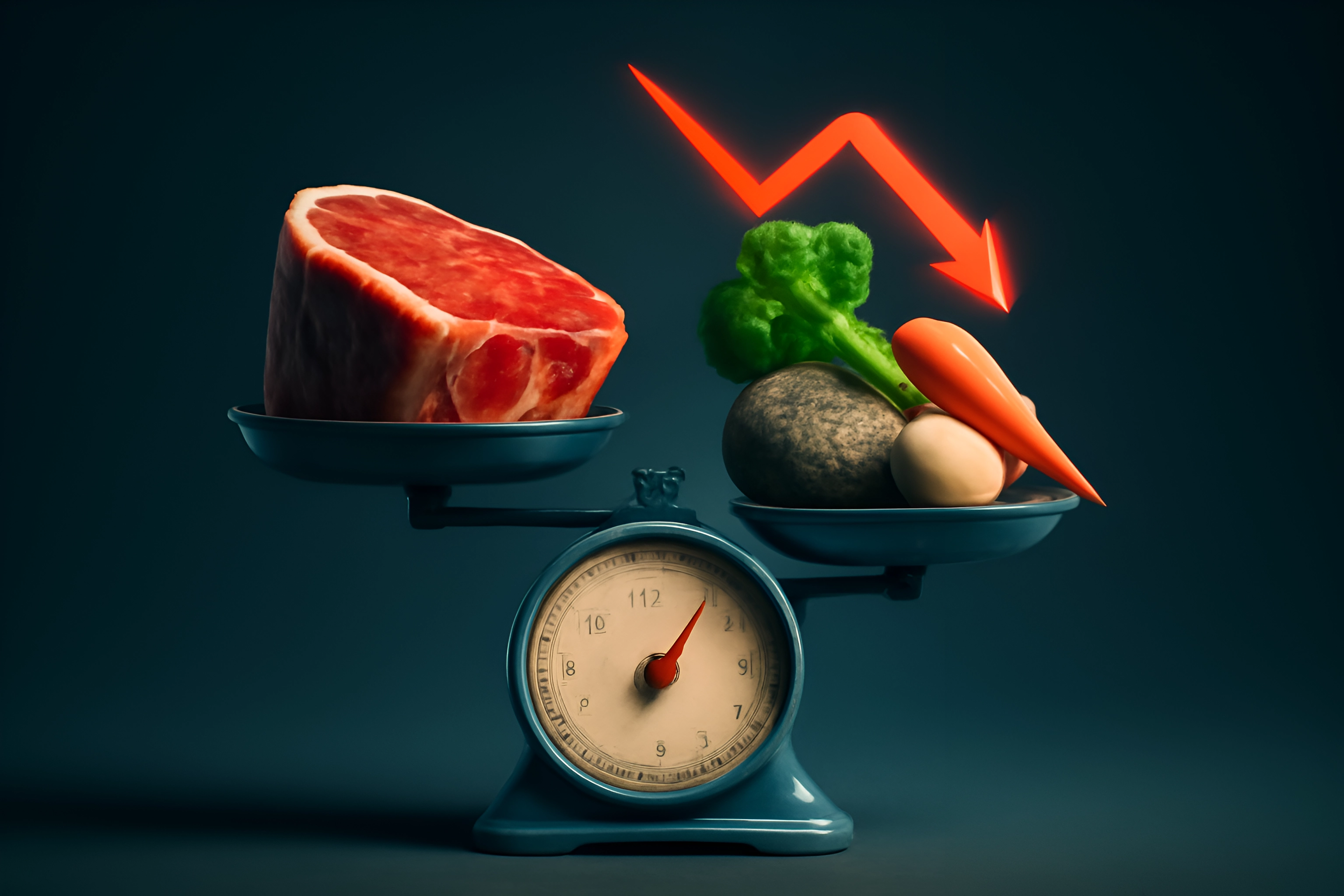
Are you tired of feeling like your own body is working against you? That invisible fire of chronic inflammation—the one that fuels your joint pain, clouds your mind with brain fog, and steals your vitality day by day—is a silent epidemic. You’ve been told to eat “healthy,” but the pain, bloating, and exhaustion persist. You’re looking for a real answer, an ancestral solution to this modern problem.
Two powerful contenders have emerged from the noise: the Paleo diet and the Carnivore diet. Both promise a return to the way humans are meant to eat, a way to finally extinguish that inflammatory fire. They represent a massive leap forward from the standard diet of processed junk that got us into this mess.
But while they share common ground, they are fundamentally different. The crucial question remains: which one is the superior weapon for systematically dismantling inflammation at its root? Is a “good enough” approach holding you back from profound healing?
This is not just another diet comparison. This is a science-backed, no-nonsense analysis focused on one thing: results. We will dissect the Paleo and Carnivore diets, examining their specific mechanisms for reducing inflammation, so you can stop guessing and finally choose the right path for your healing journey.
What is the Paleo Diet? The "Caveman" Framework
The Paleo diet operates on a simple, powerful philosophy: if a caveman didn’t eat it, neither should you. It aims to mirror the eating patterns of our Paleolithic ancestors, focusing on whole, unprocessed foods that were available before the agricultural revolution. This framework includes nutrient-dense foods like meat, fish, eggs, a wide variety of vegetables, fruits, nuts, and seeds.
The power of Paleo comes from what it removes. By design, it eliminates the primary culprits of modern disease: inflammatory grains, gut-disrupting legumes, dairy, refined sugars, and toxic industrial seed oils. According to the Mayo Clinic's overview of the Paleo diet, this approach can lead to significant health improvements.
Its main goal in the fight against inflammation is to remove these modern dietary irritants. For many, this is a revolutionary first step toward better health. It clears out the most obvious offenders, giving the body a chance to breathe and begin the healing process.
What is the Carnivore Diet? The Ultimate Elimination Protocol
The Carnivore diet takes the ancestral principle a step further, refining it into the ultimate elimination protocol. Its philosophy is built on two core tenets: providing the body with the most nutrient-dense, bioavailable foods on the planet (animal products) while simultaneously removing all potential plant-based irritants. This isn't about deprivation; it's about precision.
On a Carnivore diet, the menu is elegantly simple: meat, organs, fish, eggs, and animal fats like tallow or butter. Some variations may include hard cheeses or raw dairy, but the foundation remains animal-based. As detailed in this Healthline guide to the Carnivore diet, it completely excludes all plant foods—no vegetables, fruits, grains, legumes, nuts, or seeds.
The anti-inflammatory strategy here is absolute. It’s not just about reducing irritants; it’s about achieving a state of zero dietary inflammation. By providing only species-appropriate foods, the Carnivore diet aims to give the body an unparalleled opportunity for profound healing, especially for those with stubborn, chronic conditions.
The Common Enemy: Where Both Diets Agree on Inflammation
Before we dive into the differences, it’s crucial to acknowledge where these two powerful approaches stand united. Both Paleo and Carnivore identify and eliminate the same primary drivers of inflammation that are rampant in the modern food supply. This shared foundation is what makes both of them vastly superior to a standard diet.
First and foremost, both diets declare war on industrial seed oils. These cheap, highly processed vegetable and seed oils are packed with omega-6 fatty acids, which directly fuel inflammatory pathways in the body. Research from the British Medical Journal highlights how an imbalanced omega-6 to omega-3 ratio is a key factor in nearly all chronic inflammatory diseases.
Both diets also throw refined sugar and grains into the trash where they belong. These simple carbohydrates spike blood sugar and insulin, creating a cascade of inflammation that damages cells and organs over time. By focusing on whole, nutrient-dense foods, both Paleo and Carnivore support stable blood sugar and provide the building blocks your body actually needs to thrive, not just survive.
The Great Divide: Why Plants are the Point of Contention
Here is where the paths diverge. The central conflict, the great divide between Paleo and Carnivore, comes down to a single, controversial question: are plants friends or foes in the fight against inflammation? Your answer to this question will determine your path to healing.
The Paleo perspective views many plants as essential. It champions vegetables, fruits, and nuts as "superfoods" packed with vitamins, minerals, and antioxidants. From this viewpoint, a colorful plate is a healthy plate, and these plant foods are a necessary part of a balanced, anti-inflammatory lifestyle.
The HealingCarnivore perspective, backed by a growing body of evidence and countless success stories, challenges this dogma. Here’s the brutal truth: plants are not benign. To survive, they evolved to produce a sophisticated arsenal of defense chemicals—antinutrients like lectins, oxalates, and phytates—designed to deter predators. For many people, especially those with a compromised immune system or a damaged gut, these compounds are not harmless. They are hidden triggers that can provoke inflammation and contribute to leaky gut.
Head-to-Head: Carnivore vs. Paleo on Key Inflammatory Triggers
When we analyze the carnivore vs paleo inflammation science, the differences become starkly clear. Let's break down how each diet handles the key triggers of chronic inflammation.
Gut Permeability ("Leaky Gut")
The Paleo diet takes a positive step by removing gluten and many harmful lectins found in grains and legumes, which helps reduce gut irritation. However, it keeps a significant load of other potential irritants. Lectins in nightshade vegetables (tomatoes, peppers), oxalates in spinach and almonds, and high amounts of fiber can still aggravate a sensitive gut lining, preventing it from fully healing.
The Carnivore diet, in contrast, offers the gut a complete vacation. By removing all plant matter—every last bit of fiber, lectin, and oxalate—it gives the intestinal lining an unprecedented opportunity to rest, repair, and seal. For those struggling with gut-related issues, this approach is not just helpful; it's transformative. If you're ready to start this process, our beginner's guide for gut healing is the perfect place to begin.
Plant Antinutrients (Lectins, Oxalates, Phytates)
On a Paleo diet, your intake of antinutrients can still be surprisingly high. A "healthy" spinach salad with almonds and tomatoes is loaded with oxalates and lectins. These compounds can do more than just irritate the gut; antinutrients can bind to essential minerals, preventing their absorption and potentially triggering immune responses.
The Carnivore diet’s solution is elegantly simple: zero intake. By eliminating all plants, you eliminate the entire inflammatory burden from these defense chemicals. You are no longer consuming compounds that your body may see as foreign invaders, allowing your immune system to finally stand down and focus on deep healing. This also addresses the common concern about fiber, a topic we explore in our post debunking carnivore diet fiber myths.
Omega-3 to Omega-6 Ratio
A healthy omega-3 to omega-6 ratio is critical for controlling inflammation. While the Paleo diet improves this ratio by cutting out seed oils, a heavy reliance on nuts, seeds, and conventionally raised poultry can still keep the balance tipped toward the pro-inflammatory omega-6 side. You might be taking one step forward and half a step back.
The Carnivore diet naturally optimizes this ratio for you. By eliminating high-omega-6 nuts and seeds and emphasizing omega-3-rich foods like fatty fish and grass-fed beef, it creates a profoundly anti-inflammatory internal environment. This isn't just theory; it's a biochemical reality that supports everything from enhanced athletic recovery to better heart health.
Sugar and Fructose Load
Here’s a hard pill to swallow for many: "natural" sugar can still be a major problem. The Paleo diet eliminates refined sugar but allows for high consumption of fruit, honey, and maple syrup. For someone who is already inflamed or insulin resistant, this fructose load can be disastrous, as high fructose consumption is directly linked to fatty liver disease and systemic inflammation.
The Carnivore diet is a virtually zero-carb, zero-fructose diet. It starves the inflammatory pathways that feed on sugar, helping to reverse insulin resistance and calm the metabolic chaos. This is especially powerful for resolving inflammation-driven symptoms like brain fog, which we cover in our guide to optimizing the carnivore diet for mental clarity.
Summary Table: The Inflammation Scorecard
For a quick visual comparison, this scorecard says it all.
| Inflammatory Factor | Paleo Diet Approach | Carnivore Diet Approach | Winner for Inflammation Reduction |
|---|---|---|---|
| Gut Irritants | Reduces some, but keeps many (fiber, lectins) | Eliminates all | Carnivore |
| Antinutrients | High intake from nuts, seeds, veggies | Zero intake | Carnivore |
| Omega-6 Fats | Reduces seed oils, but nuts/seeds are high | Naturally very low | Carnivore |
| Sugar/Fructose | Allows fruit/natural sweeteners | Virtually zero | Carnivore |
Who is Each Diet For? Choosing Your Healing Strategy
So, how do you choose? The answer depends on where you are in your journey and the severity of your symptoms.
Paleo is a fantastic fit for individuals transitioning away from the Standard American Diet for the first time. It’s an excellent lifestyle for people who already have good metabolic health and no major autoimmune or gut issues. It provides a sustainable framework for healthy living that is less restrictive and easier to adopt for the long term.
However, the Carnivore diet is the superior choice for those who need more. It is a clinical, therapeutic tool for individuals with diagnosed autoimmune conditions like rheumatoid arthritis or psoriasis, and for those with persistent, stubborn inflammation that didn't resolve on Paleo or Keto. If you suffer from severe gut issues or are seeking the most direct and powerful tool for radical healing and symptom reversal, Carnivore is your answer. It's a targeted strategy for managing the very chronic diseases that stem from inflammation.
Conclusion: For Deep Healing, Simplicity is Power
Let’s be clear: the Paleo diet is a massive step in the right direction and a powerful tool for improving health. But for those of us locked in a battle with deep, chronic inflammation, "good" isn't good enough. The science and the results show that the Carnivore diet offers a more targeted, potent, and complete strategy for extinguishing the fire by removing all potential dietary triggers.
This aligns perfectly with the HealingCarnivore philosophy: true, lasting healing often requires radical simplicity. By removing the noise, the irritants, and the defense chemicals, you allow your body's innate intelligence to take over and do what it does best—heal. You give it the most bioavailable nutrition on earth and get out of the way.
Feeling stuck on your Paleo journey? It might be time to go a level deeper and see what your body is truly capable of. Explore our Beginner’s Guide to Carnivore to learn exactly how to get started.
Ready to take action? Join our community of healers and discover our Ultimate Carnivore Recipes for Inflammation Reduction to see just how simple and delicious your healing journey can be.
